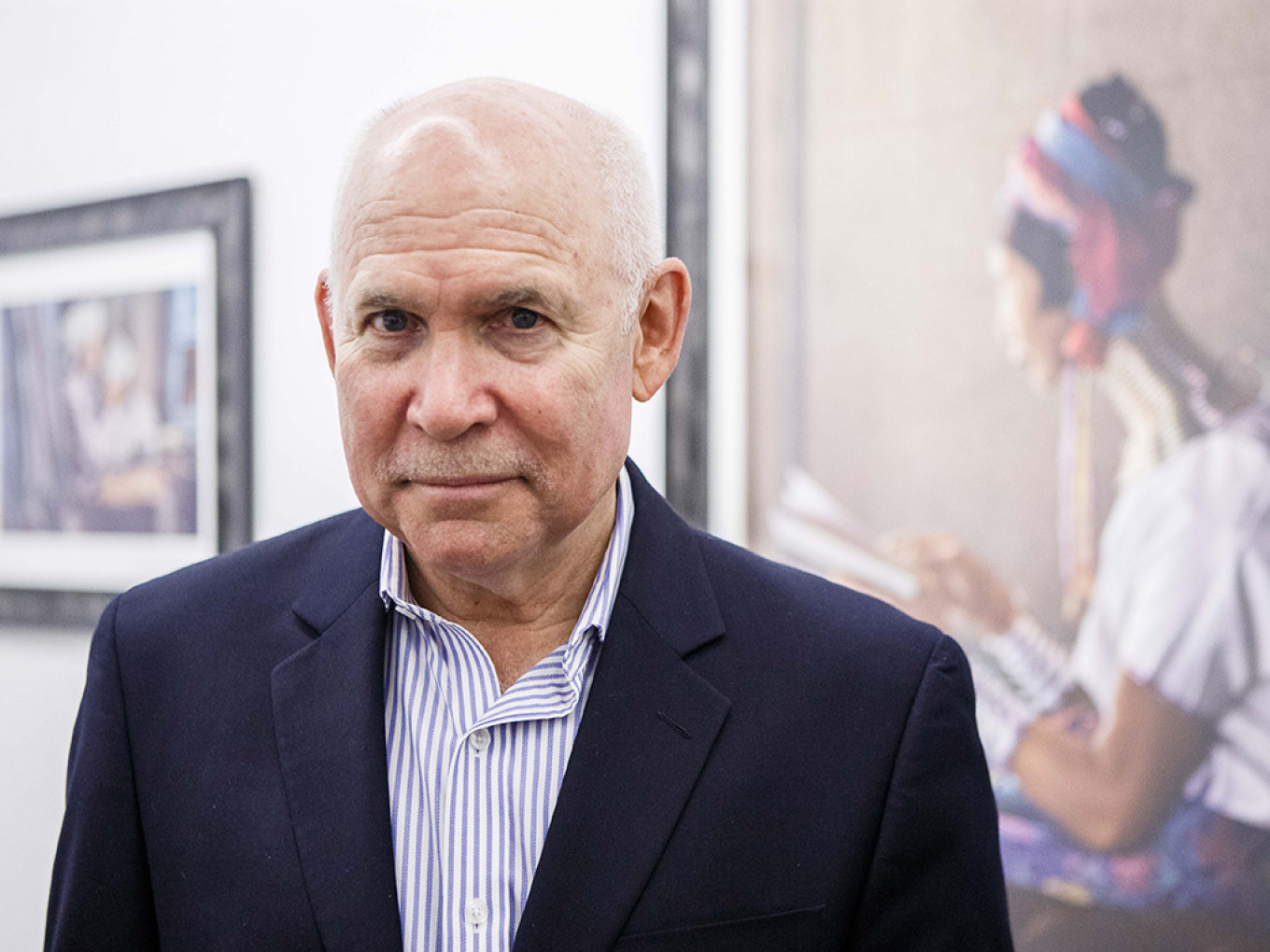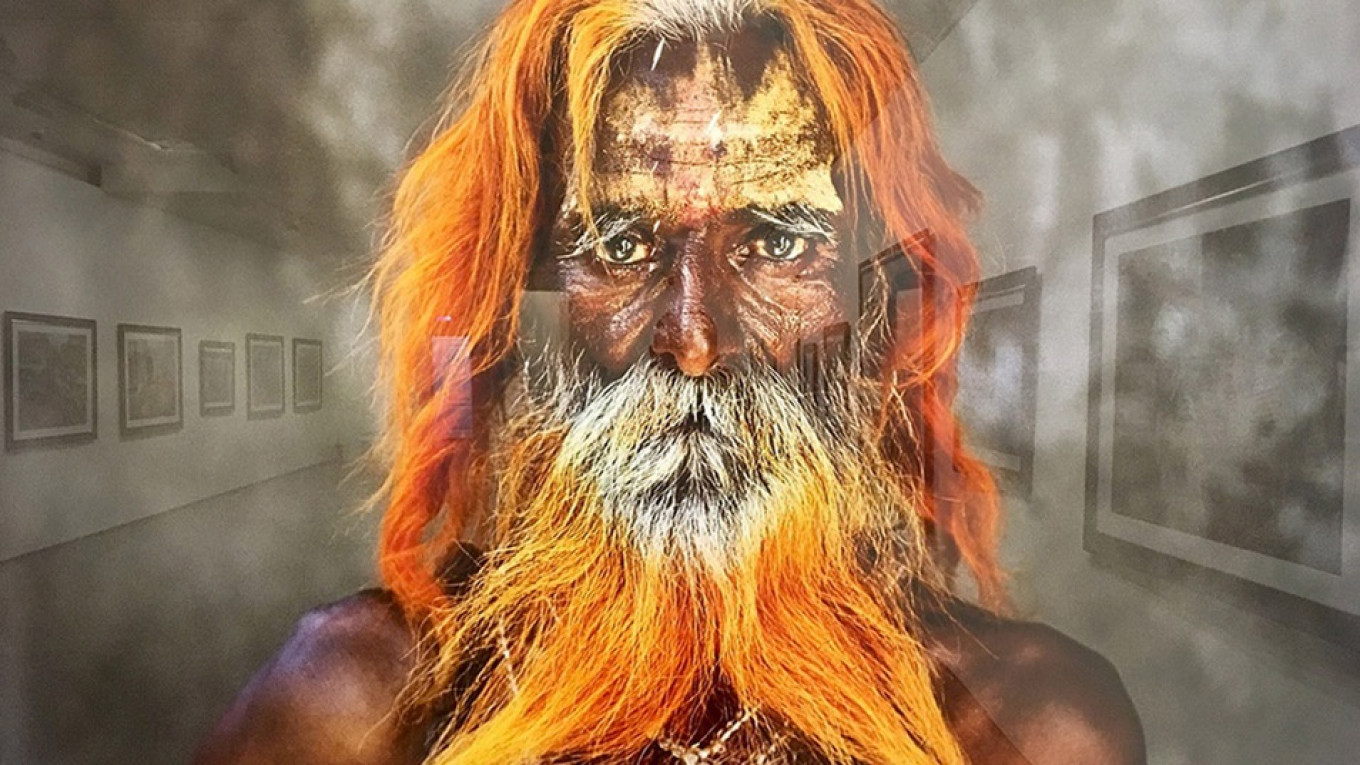In her famous essay on photography, Susan Sontag wrote: “To collect photographs is to collect the world.” After years traveling to remote, unfamiliar, or unusual destinations with a camera in hand, Steve McCurry has done much to capture the places and faces that characterize life on this planet.
McCurry’s pictures do what all great pictures do: they welcome viewers in and teach them something new. As McCurry puts it, “It is interesting to look at the snapshot with a New Guinea boy who has a bone piercing through his nose. But for this picture to be really good, it has to tell us how it is to live with a bone in one’s nose.”
The Steve McCurry: Untold Story exhibition currently running at the Moscow Museum of Modern Art (MMOMA) does more than tell us what it is like to live with a bone in our nose. By retrospectively taking us through some of McCurry’s greatest work over the past 50 years, the MMOMA show brings daily life in Afghanistan, India, and Tibet closer to home. It renders the consequences of continuous war in the Middle East explicit. And it pays special attention to the gaze of women with different backgrounds, traditions, and ways of living.
Notably, the exhibition contains a larger-than-life reproduction of the photo that made McCurry famous: “Afghan Girl.” Initially published on the cover of National Geographic magazine, “Afghan Girl” pictures an adolescent refugee from the war in Afghanistan in the 1980s. Her green eyes are as piercing and haunting as ever, and her torn headscarf and tender age are poignant reminders of the dangers young migrants face today. No less striking are McCurry’s “Dust Storm,” “Red Boy,” and “Rubari Elder.” Each of these images features unique people who have distinct stories to tell, but part of the power and attraction of these pictures is that much remains untold.
Although the show is about McCurry’s storytelling, the MMoMA exhibit also tells us a bit about McCurry’s personal tale. Specifically, the show includes fragments from McCurry’s notebooks, copies of old passports, visas, and travel itineraries, and even a few photographs of the photographer himself, and all of these things give us a sense of what it might be like to “collect the photographs that collect the world.”
In McCurry’s pictures, there is nothing but profound respect for the people and places he has captured on film. If one thing binds his disparate images together, it is McCurry’s love for life in all its detail. And if you are looking to get in touch with the human spirit, then this show is well worth a visit.
Steve McCurry: Untold Story is on exhibit until Sept. 2.
10 Gogolevsky Bulvar. Metro Kropotkinskaya. www.mmoma.ru/en

A Message from The Moscow Times:
Dear readers,
We are facing unprecedented challenges. Russia's Prosecutor General's Office has designated The Moscow Times as an "undesirable" organization, criminalizing our work and putting our staff at risk of prosecution. This follows our earlier unjust labeling as a "foreign agent."
These actions are direct attempts to silence independent journalism in Russia. The authorities claim our work "discredits the decisions of the Russian leadership." We see things differently: we strive to provide accurate, unbiased reporting on Russia.
We, the journalists of The Moscow Times, refuse to be silenced. But to continue our work, we need your help.
Your support, no matter how small, makes a world of difference. If you can, please support us monthly starting from just $2. It's quick to set up, and every contribution makes a significant impact.
By supporting The Moscow Times, you're defending open, independent journalism in the face of repression. Thank you for standing with us.
Remind me later.






